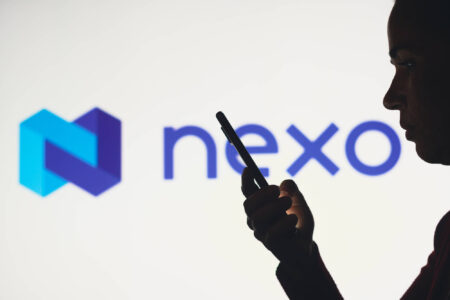What has been happening around Blockchain Technology and Cryptocurrencies this week? The most relevant local and international developments as well as appealing background reports in a pointed and compact weekly review.
Selected articles of the week:
The European Central Bank (ECB) has been planning for some time the introduction of the digital euro in the form of a CBDC. Digital central bank money not only equips central banks with new possibilities of fiscal policy, but also gives them an ultimate control instrument over assets and money flows. For example, a programmable digital central bank currency can be arbitrarily provided with negative interest rates, created only for specific recipients or equipped with an expiration date. Although the properties of cryptocurrencies and CBDCs differ in many respects, at least the feature of a transferable value in digital form overlaps. It becomes obvious that CBDCs will have to prove themselves at least in certain areas alongside the decentralized alternatives that have already been in place and used globally for years. Previous statements by ECB President Christine Lagarde left no doubt that freely available alternatives to the digital euro are not welcome. Therefore, it is not surprising that a recently published blog post by ECB General Director Ulrich Bindseil on the oldest and most capitalized cryptocurrency in the world comes exclusively with negative connotations.
The ECB Director General labels Bitcoin as a speculative bubble and sees limited added value in blockchain technology.
Trust in centralized crypto service providers is at a low since the FTX exchange collapse. Accordingly, the solvency of existing platforms is being questioned critically. The Swiss service provider Nexo, which until recently promised investors up to 12% annual returns on deposited stablecoins, is also being scrutinized. The provider responded to the alarm bells with the presentation of a diversified business model which is supposed to justify interest payments of this amount. The industry in general suffers from a loss of trust, which can only be remedied by transparency. Disclosure of the balance sheet structure, which transparently contrasts liabilities in the form of customer funds against assets, should become standard in the industry.
The “contagion effect” started by FTX/Alameda is taking various service providers with it. Is the Nexo platform also facing a bank run?
The ESG standards frequently followed in the institutional investment universe are finding their way into the crypto sector. Environmental, social and legal aspects are incorporated into the data collection of an ESG evaluation. The industry has been looking into complying with ESG concepts for some time now. The topics include energy-saving consensus mechanisms, financial inclusion of populations in emerging countries and transparent and censorship-resistant voting systems.
Sustainable investing according to ESG standards has gained popularity over the years: is the crypto industry compatible with it?
The aftermath of the FTX debacle has spurred an accelerated discussion in the United States about new laws to regulate the industry. Not least among these is the distribution of regulatory responsibilities among the relevant agencies. The latest initiative from the House Agriculture Committee proposes granting more authority to the Commodities and Futures Trading Commission (CTFC) for the regulation of digital assets.
In response to the FTX debacle, CFTC officials are urging Congress to grant them more authority over crypto market regulation in the US.
In addition: The introduction of digital central bank currency (CBDCs) is also being explored on the African continent. Following the launch of the e-Naira in Nigeria and the e-Cedi in Ghana, several central banks in sub-Saharan Africa are exploring or piloting a digital currency. Many risks and challenges remain, including data privacy, cyberattacks, and public access to digital infrastructure.
A recent survey on the topic of CBDC development in Africa gives insights into their evolution as well as regulators’ motivations & concerns.









